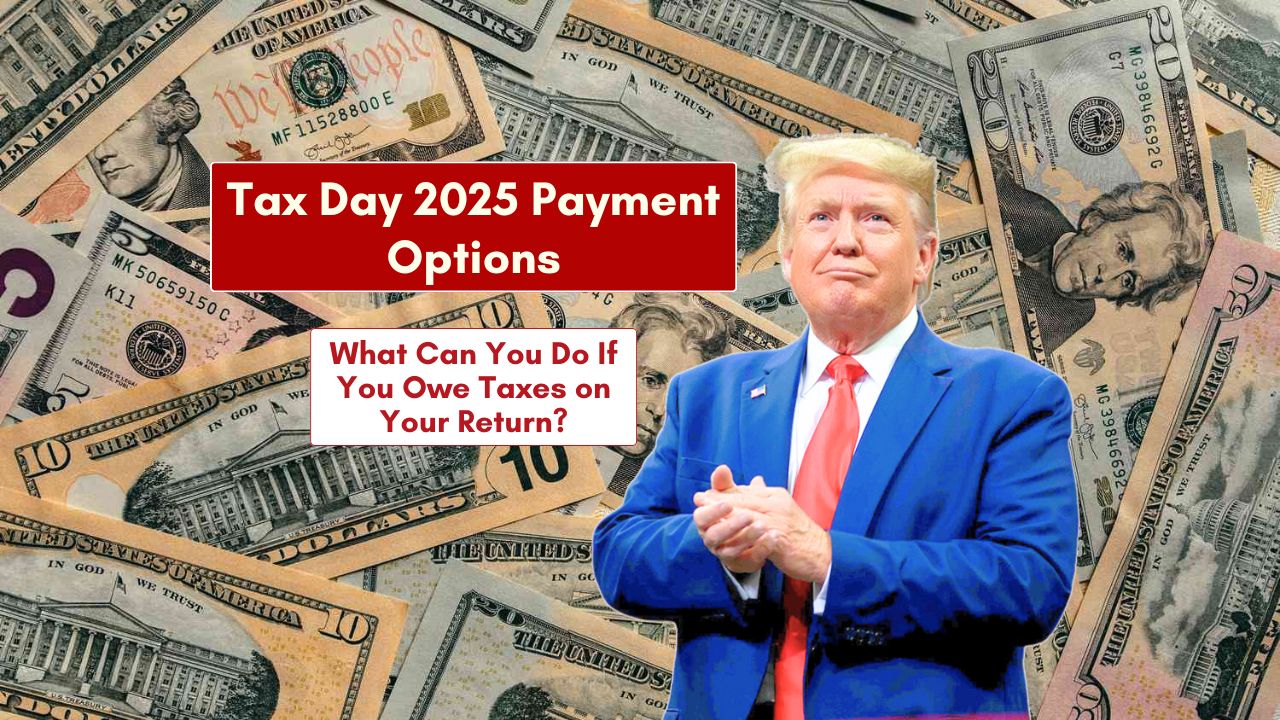With the April 15 tax deadline fast approaching, there’s no time to waste if you want to stay in good standing with the IRS. Whether you’re prepared to file and pay or still sorting things out, this guide walks you through everything you need to know to avoid penalties, request an extension, or apply for a payment plan.
Table of Contents
Deadline
The IRS has confirmed that April 15, 2025, is the due date for both first-quarter estimated tax payments and the filing of individual tax returns. If you haven’t completed your return or can’t pay your balance in full, don’t ignore the deadline — act now to reduce potential fees and legal issues.
Extensions
Not ready to file? You can easily request more time.
Any individual — regardless of income — can request an automatic filing extension by submitting Form 4868 through IRS Free File. This form gives you until October 15, 2025, to file your return, though it does not extend the payment deadline.
So even if you get an extension to file, your payment (or partial payment) is still due by April 15.
Payment Options
If you can’t pay your full tax bill, don’t panic — the IRS provides flexible payment plans based on how much you owe.
Short-Term Payment Plan
| Eligibility | Owe less than $100,000 (tax + penalties + interest) |
|---|---|
| Payment Window | Up to 180 days |
| Application Method | Online through the IRS website |
| Fees | No setup fee |
This is ideal if you just need a few extra months to catch up.
Long-Term Payment Plan (Installment Agreement)
| Eligibility | Owe less than $50,000 total |
|---|---|
| Payment Method | Monthly installments over time |
| Timeframe | Up to 10 years (collection statute expiration) |
| Fees | Varies based on payment method and income |
If you need a longer-term solution, this option provides a more structured repayment path.
Electronic Payments
The IRS accepts multiple digital payment methods:
- Direct Pay: Free and linked directly to your bank account
- Debit/Credit Cards: Fees apply through payment processors
- Digital Wallets: Apple Pay, Google Pay, and others
Make sure to indicate the payment is for an extension if you’re not filing yet.
Interest and Penalties
Even if you’re on a payment plan, interest and late penalties still apply. However, here’s a break you’ll appreciate:
- Late payment penalty is reduced by 50 percent while a payment agreement is active
- Interest continues to accrue until the full balance is paid
The sooner you act, the less you’ll owe.
Application Status
Wondering if your payment plan request was approved? If you apply online, you’ll receive an immediate decision — no need to call or wait for mail confirmation. That means you’ll know on the spot whether you’re accepted, rejected, or need to provide more info.
Final Tips
If you owe, pay as much as you can before April 15 to lower penalties
If you can’t pay, don’t ignore the IRS — apply for a payment plan or extension
If you’re self-employed or receive non-wage income, remember to make estimated payments too
Proactive action now can save you a lot of money — and stress — later.
FAQs
What is the 2025 IRS tax deadline?
April 15, 2025 is the deadline for filing and first-quarter payments.
Can I get more time to file taxes?
Yes, file Form 4868 to get a 6-month extension to file.
What if I can’t pay my taxes in full?
Apply for a short- or long-term IRS payment plan online.
Do penalties still apply on payment plans?
Yes, but the late payment penalty is reduced by half.
How do I know my payment plan is approved?
Online applicants receive instant acceptance or rejection notices.








